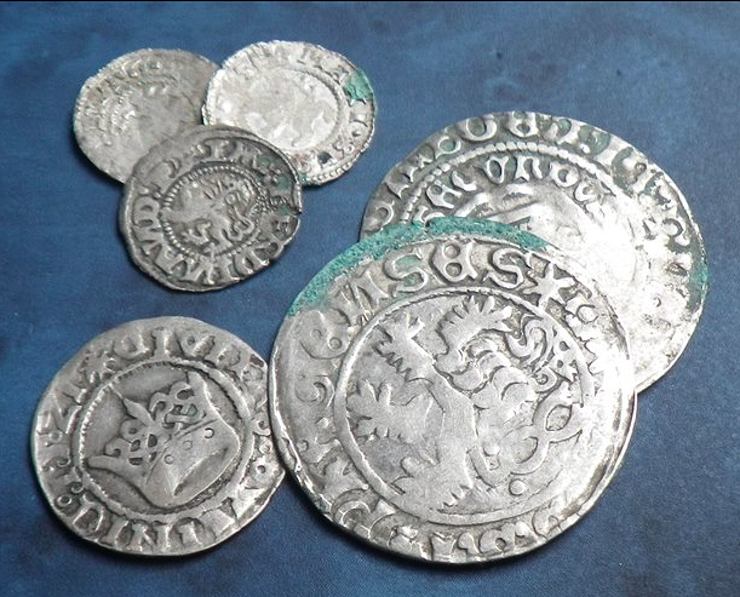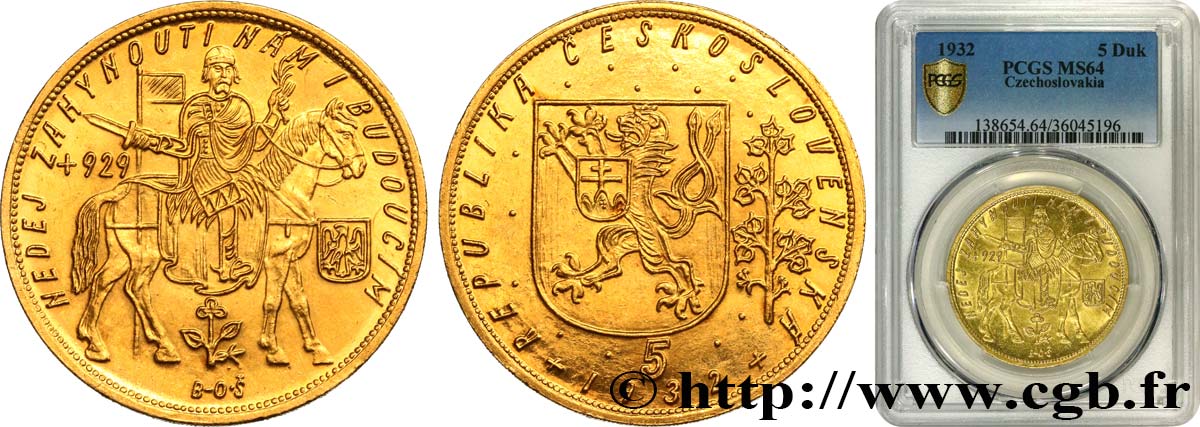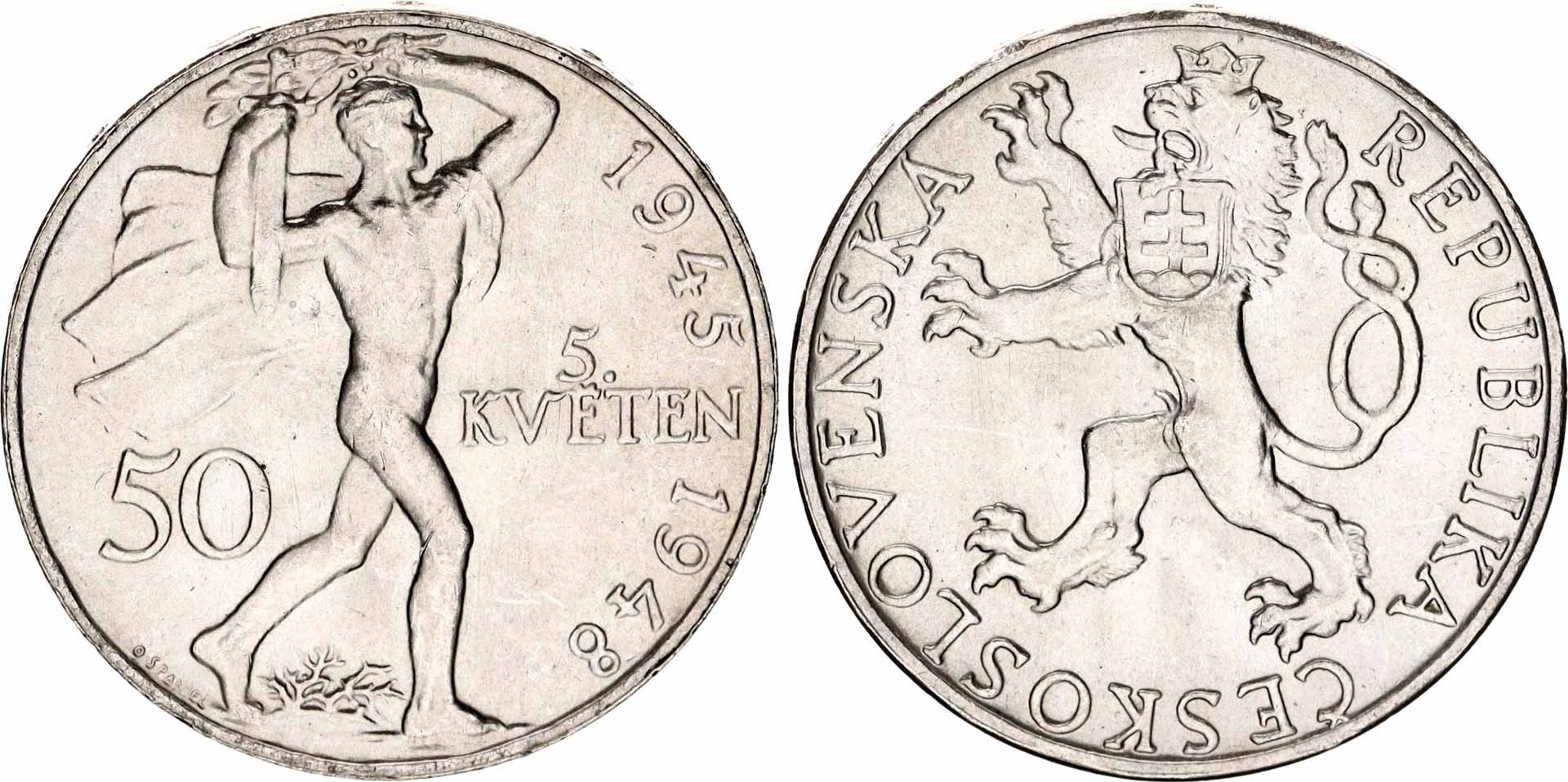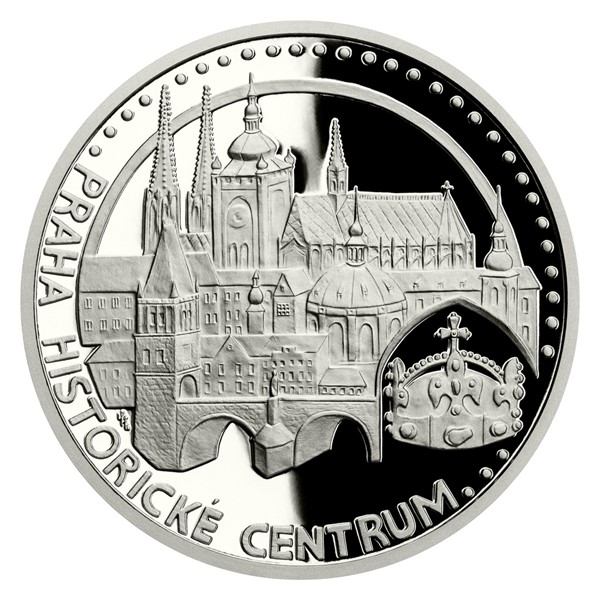A gold coin or gold medal design is used as a reference for design by the artist or designer. The design could be drawn by hand or an image created with graphics design software. Other materials, such as wax and clay can be used.
Plaster Mixing - Plaster and water are mixed to form an even consistency. It is essential that the mix is smooth, free of lumps and uniform to create an environment for mold.
The base is where the maquettes will be sculpted. The base can be a wooden board or an even surface that gives stability.
The artist will start by sculpting a maquette using the gold-colored design. It involves shaping the plaster to create a relief, or three-dimensional version of the coin or medal.
Refinement and Detailing- The artist concentrates on adding more details, refining the contours, and ensuring the accuracy of the proportions and features of the artwork. This stage demands precision and attention.
Giving time for drying and Setting- Once the sculpture is completed the plaster must allow time to set and dry. The maquette will set and keep its shape.
Smoothing and finishing-After drying the surface of the maquette is smoothed, then refined to remove bumps, imperfections, or rough areas.
Preservation and Sealingto preserve the maquette, and to prepare it for other processes such as scanning or molding the maquette, a sealant or protection layer could be applied on the surface.
The three-dimensional plaster maquette which results can be used to represent the gold design of the medal or coin. It's used as a reference point to further steps in the process of making like scanning to create digital replicas, creating molds for mass production or as a model for artists to envision and improve the design before final production. Read the best Czechoslovakia gold coins plaster molds website tips. including gold coins and bullion, gold coin store near me, silver price in dollar, gold eagle coin price, saint gaudens gold coin, 1 4 ounce gold coin, chinese gold coins, coin 1, buying silver, medal gold medal and more.

Why Are Dies For Gold Medals And Coins Are They Hardened By Vacuum?
The vacuum hardening method is used in the production of gold-plated coins or medals. It involves heating dies at high temperatures, and exposed to controlled conditions inside the vacuum. This article will provide an overview of the process for dies Preparation and Cleaning-
Dies used for making coins or medals are made by making sure they are clean and free from any traces of contamination or residues.
Injecting Vacuum Furnace-
Die dies are placed in a vacuum chamber, which is an specialized heat-treating room that can create vacuum.
Evacuation of Aircraft
The vacuum chamber is made by taking air out of the chamber and creating an atmosphere that is free of oxygen. This helps to prevent the formation of oxidation and to guarantee uniform heat treatment.
Heating Phase-
The furnace is then heated to the desired temperature for the hardening of dies. The temperature range varies based on the material and process of hardening.
Bathing in high temperatures
The dies must be held at the high temperature for a certain period of time in order for the material to attain and maintain its desired level of hardness.
Cooling or cooling down
After the soaking phase after which the dies are quickly cooled by using special methods. This rapid cooling process helps keep the desired hardness and strength in the material.
Tempering Options
In some instances, the process of hardening can be then followed by a tempering process. Tempering involves heating dies to a lower temperature in order to relieve internal tensions and increase toughness.
Quality Control and Inspection
Die dies are subjected to rigorous quality checks and inspections to make sure they are in compliance with the requirements for hardness, strength, and dimensional tolerances.
Post-Treatment Handling-
Once the vacuum hardening process is complete, the dies may undergo additional processes such as polishing or coating before they are employed in the coin or medal striking process.
The method of vacuum hardening improves the durability of dies, wear resistance, as well as the lifespan of dies used to strike gold or silver coins and medals. This process creates a controlled atmosphere that is free of contaminants from the atmosphere to guarantee consistent and reliable hardening. This also enhances the quality of the minted product. Read the most popular vacuum hardening Czechoslovakia gold medals more tips including gold bullion price, double eagle coin, 1 0z gold price, order gold coins, buy gold bullion, american eagle gold coin, gold coins coin, $20 gold coin, gold eagle, hidilyn diaz and more.

Why Are Dies Hand-Polished To Ensure That Gold Medals And Coins Are Flawlessly Polished?
It is important to hand-polish dies to create a flawless and smooth surface. A smooth surface allows the details of the design to reproduce with greater precision on the coins and medals.
A polished die can improve the quality of medals and coins. This increases the overall appearance and quality of the final product.
Reducing wear and tear- Polishing can reduce friction and wear during the striking process. The smoothness of the die reduces the chances of any defects or irregularities on the medals struck or coins resulting from rough surfaces.
Consistency of Striking Hand-polished dies ensure uniformity during the process of minting, by providing a consistent strike area. Consistency guarantees the accuracy and quality of the design on all coins or medals.
Die longevity- Die that are polished well will be less prone to wear and injury during the striking process. Die dies are more durable and long-lasting, which allows for a greater number of strikes to be made without sacrificing quality.
Accuracy and precision- Hand-polishing lets the engraver to refine and fine tune specific areas in the die. This ensures that the exact details of the medal or coin are replicated precisely. The accuracy of a final product is enhanced by this level of precision.
Quality Control - Polishing is component of quality control. The inspection of the die in the hand polishing process allows the identification and correction of any flaws before the striking procedure.
Surface Finishing: Polishing may add specific surfaces or textures to the struck medals and coins, improving their visual appeal.
Hand polishing gold medals and dies to perfection is crucial to create high-end, highly detailed, and aesthetically pleasing products. It is important to ensure the appearance, consistency and durability of the finished product. Read the best hand polishing Czechoslovakia gold coins site examples. including spanish gold coins, gold coin 24k price, gold & silver bullion, krugerrand coin, gold doubloons, 1 oz silver price, $5 gold coin, bullion bars gold, coin buy silver, small gold coins and more.

Why And How Are Limited Edition Gold Coins, Or Collectible Gold Coins Individually Numbered
This is done to guarantee authenticity, exclusivity and boost the value of limited edition or collectible gold coins. What is the process behind this numbering done?
Sequential numbering. Each coin in an edition that is limited or collectible is assigned a unique number. This number can be engraved, stamped or embossed on the coin's edge or surface. This number identifies the coin's place in the series.
Certificate of Authenticity - The coin might come with a certificate of authenticity that is a match to the coin's unique number. This certificate verifies a coin's authentic, including details on the type of coin, the composition of the metal, and minting date.
Why are the coins numbered individually?
Authenticity Assurance – The numbering of each coin in the series is an obvious and reliable method of confirming the authenticity of the coin. Each number acts as a unique identifier, ensuring the coins authenticity. authentic and is part of the official collection.
Rareness and exclusivity- editions that have unique numbers are believed to be rarer and exclusive. The small number of available coins makes them more sought-after and worth the price.
Numbered Coins Add Collectible Appearance- They add collectible appeal by allowing collectors to track and highlight specific numbers within the series. The lower or more significant numbers of the series may be deemed to be more valuable or desirable.
Collector Engagement - Individual numbers increases collector interest and engagement when it comes to completing sets, or in acquiring particular figures. Collectors can seek out specific numbers based on their personal preferences or significant milestones.
Value and Resale Potencial- Coins that have distinctive serial numbers can be more expensive in the market for secondary sales. This is particularly true when they are part of an established series or have a a lower serial number. These coins are prized by collectors due to their rarity, and they're uniqueness.
Trackability & Documentation – Numbering assists in tracking and documenting the history of each coin which assists in provenance and confirmation on the marketplace for collectors.
Issuers or mints can create exclusivity and increase the appeal of collectible or limited edition coins by individually naming them. This can help establish authenticity, enhance their appeal for collectors looking for rare or significant objects. Numismatics are interested in these coins because of their unique significance. See the recommended Czechoslovakia gold medal numbering blog advice including gold silver shops near me, 100 gm gold biscuit, american gold eagle, apmex gold coins, sell gold and silver near me, liberty gold coin, price of 5 dollar gold coin, cheerios sacagawea dollar, gold medal of olympic, buy gold coins and more.
